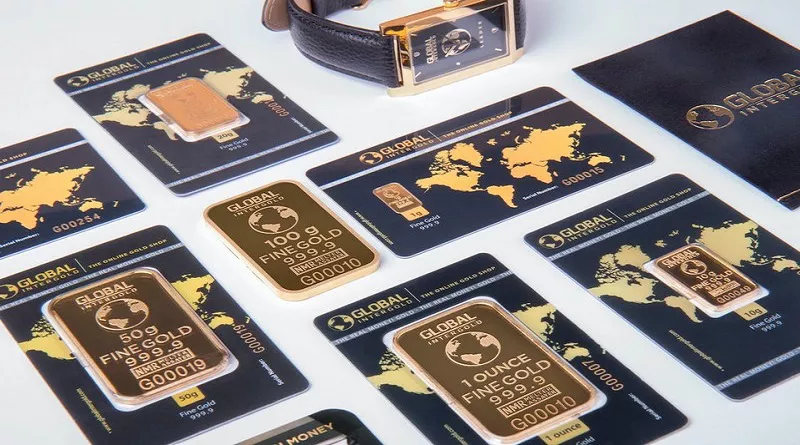In times of economic uncertainty, investors often turn to precious metals like gold and silver as a safe haven for preserving wealth and diversifying their investment portfolios. Historically, gold and silver have proven to be resilient assets, offering stability and long-term value. This article will provide a comprehensive guide on how to invest in gold and silver, highlighting the various methods and strategies for both novice and experienced investors.
Understanding the Appeal of Gold and Silver
Gold and silver have served as stores of value for centuries, with their allure rooted in their scarcity, durability, and universal recognition. Unlike fiat currencies, the supply of gold and silver is limited, which protects them against inflation and currency devaluation. Moreover, these precious metals have intrinsic value, making them a popular choice during times of economic turbulence.
Different Forms of Investment
Investors have several options when it comes to investing in gold and silver, each with its own advantages and considerations:
a. Physical Gold and Silver: Acquiring physical gold and silver in the form of coins, bars, or bullion is the most tangible way to invest in these metals. This method provides direct ownership, enabling investors to store the assets themselves or opt for secure storage facilities.
b. Exchange-Traded Funds (ETFs): Gold and silver ETFs are investment funds that trade on stock exchanges, representing fractional ownership of physical metal. ETFs offer liquidity, ease of buying and selling, and eliminate the need for storage.
c. Mining Company Stocks: Investing in gold and silver mining companies allows investors to gain exposure to the industry’s potential profits. However, these stocks can be subject to other market influences beyond metal prices.
d. Futures and Options: More suitable for experienced investors, futures and options contracts enable the trading of gold and silver at predetermined prices, providing potential profit opportunities but also carrying higher risks.
Analyzing Market Trends
Before investing in gold and silver, thorough market analysis is essential. Pay attention to factors influencing their prices, such as:
a. Economic Indicators: Study economic data like GDP growth, unemployment rates, and inflation, as these indicators can impact precious metal prices.
b. Geopolitical Events: Political instability, conflicts, and international tensions can drive demand for precious metals as safe-haven assets.
c. Interest Rates and Monetary Policy: Inverse relationships often exist between interest rates and gold prices. When interest rates are low, gold and silver become more attractive due to their lack of yield.
d. Currency Movements: Since precious metals are priced in fiat currencies, fluctuations in currency values can directly influence gold and silver prices.
Diversifying Your Portfolio
Investing in gold and silver can be an effective way to diversify your investment portfolio. Precious metals tend to have a low correlation with traditional assets like stocks and bonds, providing a hedge against market volatility. When other assets decline in value, gold and silver can act as a counterbalance, safeguarding your overall wealth.
Risk Management
Like any investment, gold and silver come with risks. While they are generally considered safer than certain assets, it’s crucial to manage your exposure to precious metals wisely:
a. Allocation: Determine a reasonable portion of your portfolio to allocate to gold and silver. A common recommendation is around 5% to 10% but adjust based on your risk tolerance and financial goals.
b. Dollar-Cost Averaging: Rather than investing a lump sum, consider spreading your purchases over time to reduce the impact of short-term price fluctuations.
c. Stay Informed: Continuously monitor market trends and stay informed about global economic events that may influence precious metal prices.
d. Avoid Over-reliance: As attractive as gold and silver may be, avoid over-reliance on any single investment. A diversified portfolio remains crucial for long-term success.
Costs and Storage Considerations
When investing in gold and silver, be mindful of the associated costs:
a. Premiums: Purchasing physical metals often incurs premiums above the spot price to cover manufacturing, minting, and distribution expenses.
b. Storage and Insurance: If you choose to own physical gold and silver, consider storage and insurance costs to protect your investment adequately.
c. Transaction Costs: ETFs and mining company stocks may involve brokerage fees and other transaction costs.
Long-Term vs. Short-Term Investment
Decide on your investment horizon before proceeding. While gold and silver have demonstrated long-term value appreciation, short-term price fluctuations are common. If you seek capital preservation and wealth protection, a long-term investment approach may be suitable. However, for speculative gains, short-term trading can be more appropriate.
Regulatory and Tax Implications
Be aware of the regulatory environment and tax implications concerning gold and silver investments in your country of residence. Certain jurisdictions may impose capital gains taxes or reporting requirements on precious metal investments, impacting your overall returns.
Conclusion
Investing in gold and silver offers investors a unique opportunity to diversify their portfolios, hedge against economic uncertainty, and preserve wealth. By understanding the different investment methods, conducting thorough market analysis, and adopting a risk management strategy, investors can confidently navigate the precious metals market. Remember that while gold and silver have historically held their value, no investment is entirely risk-free. Therefore, it is crucial to carefully evaluate your financial goals, risk tolerance, and time horizon before making any investment decisions in precious metals.


